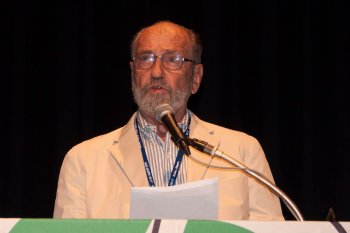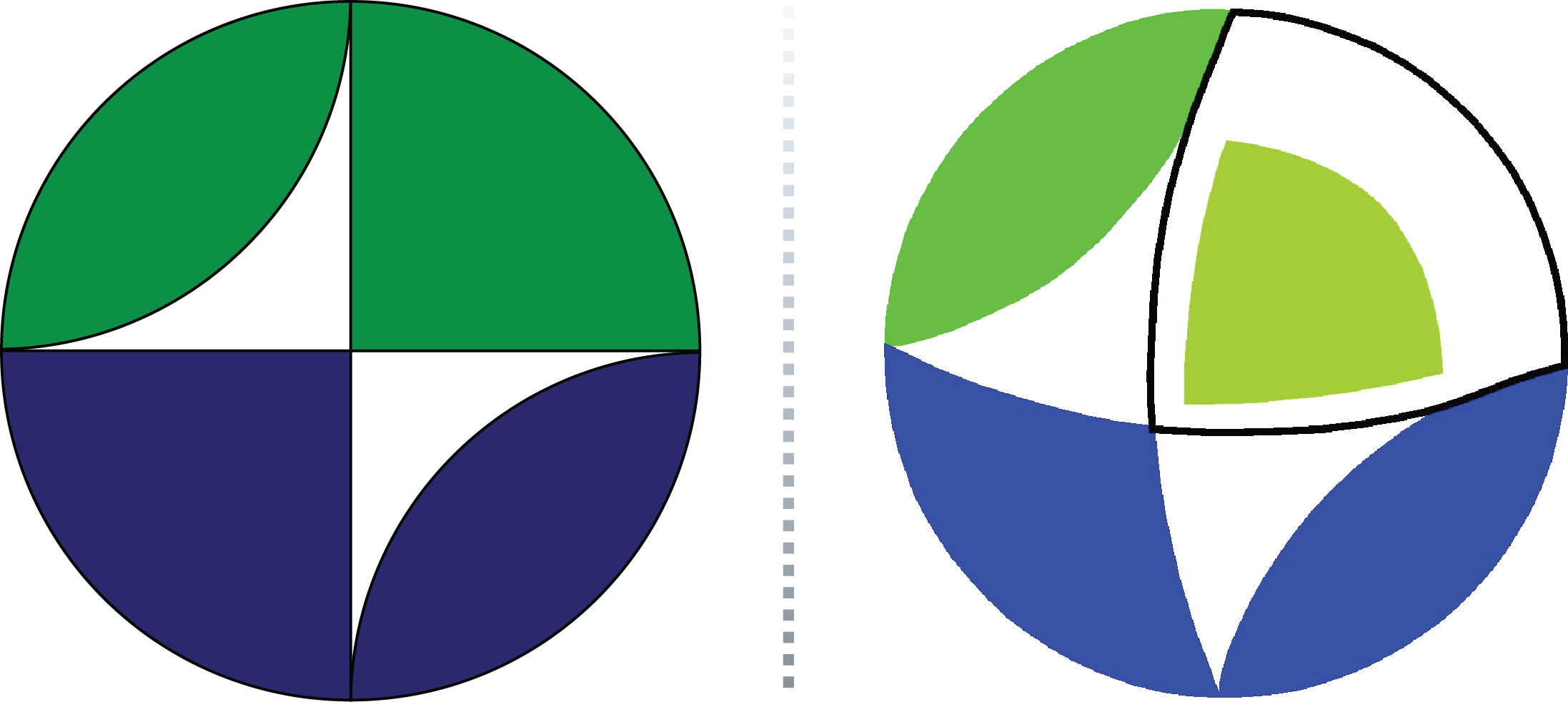Bob Engdahl’s Acceptance Speech

It is a great honor for me at this late stage in my life to be awarded the IASPEI Medal. My first thought upon learning of the award was how one of my earliest mentors, Father William Stauder, S.J., at Saint Louis University, introduced me to seismology through the early works of Jeffreys and Bullen that characterized the structure of the Earth. This was a monumental and long-standing contribution to our science, yet it was based on only a limited amount of data. This inspired a lifetime mission of mine, as an observational seismologist, to seek data no matter how great or how sparse that were hard to refute and needed to be explained. Along the way, I was fortunate enough to team up with other scientists, many of them smarter than me, to produce research results that could stand the test of time. It is really not surprising that many of my co-authors are not from the USA, as I was fortunate to have the opportunity to work at a number of foreign research facilities for several months at a time and to develop long-term collaborative relationships there.
My interests have always been global, perhaps because our science does not have political boundaries, and it seemed natural for me, as a member of an agency that routinely reported on earthquakes globally, to become involved in international bodies, such as IASPEI, that promote our science. My first venture into this world was at the 1967 IUGG meeting in Zurich where I presented a paper on the structure of the Earth's core based on my Thesis with none other than Jeffreys and Bullen in the front row. It was an exciting time in seismology, with the introduction of the plate tectonics paradigm and the interest in monitoring nuclear tests, and it brought me into contact with scientists, not just from seismology, but also with those having inter-disciplinary interests. This led me over the years to collaborative research in many areas including subduction zone tectonics, global earth structure, source mechanisms, ground truth events, and even earthquake prediction.

My association with IASPEI has been one of the high points of my career. I found it to be one of the few international organizations that had one of its foremost goals the involvement of scientists from developing countries in its affairs. Through my long IASPEI involvement and especially as Secretary General for 12 years I sought to bring that goal to fruition. In that process I am very grateful to the conveners and local organizing committees from countries all over the world that helped organize our meetings. Through that engagement I have made many long-standing relationships that have really made it all worthwhile.
As most of you well know, for many years the problem of earthquake location has been one of my primary interests. What seemed to be a simple application of Geiger's algorithm is not so simple at all because of the Earth's lateral heterogeneity. A high-resolution robust 3D global velocity model will eventually be needed, especially in subduction zones where the inherent bias in earthquake locations can only be addressed by the application of specialized algorithms. Until that time all we can do is the best job possible with a 1D model, and that has been my driving motivation for the development of better 1D global velocity models with Kennett and Buland, and the EHB algorithm with Van der Hilst and Buland to improve the location and depth of earthquakes in those models. That work continues in my present-day collaboration with the International Seismological Centre (ISC) to locate earthquakes in the early part of the last century with sparse and often uncertain data under the ISC-GEM project and to refine and expand the EHB catalog from 1964 to the present under the ISC-EHB project for use in seismicity studies and global tomography.
As I look over this audience I see many faces that are familiar to me both as a result of collaborative research and of joint activities within IASPEI. I can hardly accept this award without acknowledging my gratitude for their friendship and support. I wish not only for them, but also for the young scientists present, many more years of success in their research and to encourage them to participate in service to the scientific community that has been so rewarding for me.
Finally, I am grateful to my late wife Eileen and to my present wife Inge for their support during my career.
Thank you.
